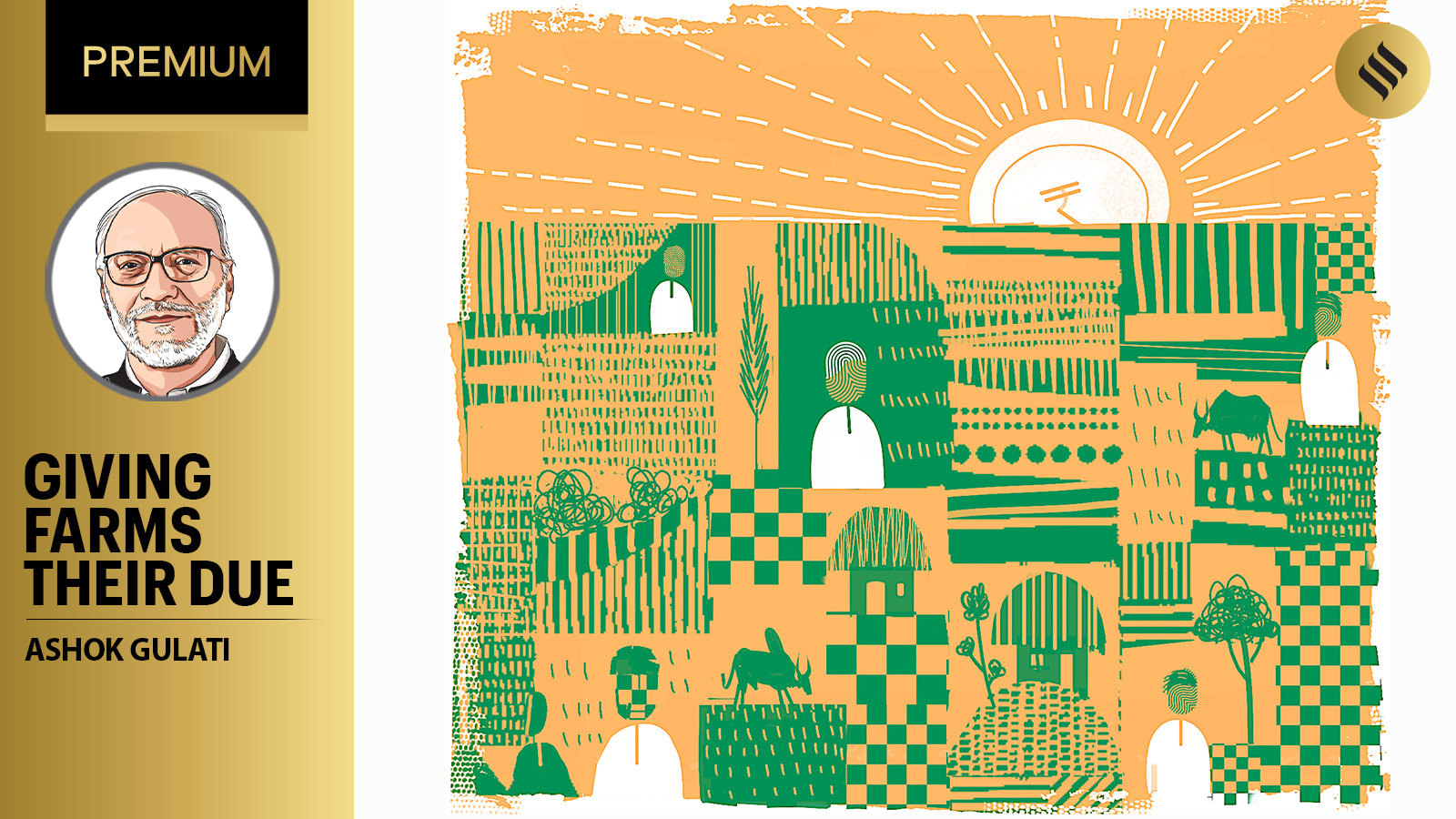Even before the parliamentary elections were held in 2024, the Narendra Modi government had asked all secretaries to prepare a policy agenda to be announced in the first 100 days of Modi 3.0. They were pretty sure that the BJP was coming back with a thumping majority. The actual results of the parliamentary elections were humbling for the party, as it fell way short of its target of 370. Yet, the enthusiasm of the first 100 days has not waned.
The BJP now is running a coalition government, and therefore it will have to accommodate the demands of its major allies, especially N Chandrababu Naidu and Nitish Kumar so that the government can continue to do its job without much difficulty. What has it done differently? While there is an overall thrust to manufacturing, especially high-tech chip making, etc, there are also many changes in other sectors. I cannot cover all that here in this column, nor do I have the expertise to analyse and assess the efficiency of the steps being undertaken in those areas. I would limit myself to agriculture and rural development space which affects the welfare of the masses most.
On the agriculture front, the Modi government (Modi 3.0) started off with a new Union Minister for Agriculture and Farmers Welfare, Shivraj Singh Chouhan, and he was also given the additional charge of rural development. Bringing a minister with ample experience as the longest serving Chief Minister of Madhya Pradesh, and who transformed agriculture in Madhya Pradesh, signalled a high priority that Agriculture and Rural Development may get under Modi 3.0.
The first major decision that was taken was to distribute Rs 20,000 crore under PM-KISAN, a commitment that it made in 2019 to give Rs 6,000/year to most of the deserving agriculture households. It signalled clearly that direct cash transfers under the PM-KISAN scheme will continue under Modi 3.0. Although I had expected that its nominal value would be adjusted for inflation over the last five years, and the Rs 6,000 amount would be increased to at least Rs 8,000 per household, that hope was belied. In the Union Budget 2024-25 also, we had expected a major increase in agri-R&D allocations to deal with climate change issues. But there too not much real increase in the Budget allocation. It seemed business as usual.
But the major announcements came later, somewhat as a surprise, when the Union government approved seven schemes for agriculture ranging from digitalisation of agriculture (land records, farmers’ identity cards, etc) to crop science for food and nutrition security in the backdrop of climate change, to horticulture for nutrition and profitability, livestock health and production for sustainability and profitability, natural resource management for climate resilience and clean environment, agriculture education for skilled human resources and Krishi Vigyan Kendras for better outreach for farmers.
A sum of roughly Rs 14,000 crore has been allocated for these schemes to be implemented in the next two-to-three years or so. All these are steps in the right direction, and if implemented properly and quickly, they can bring rich returns, economically and politically.
Let me explain with the example of the digitalisation of agriculture. Identification of farmers is the first step. Distinguishing between an owner-operator and a tenant is the next step. Right now, India’s official figure of around 17 per cent tenancy is way below what micro-surveys reveal. It could be anywhere between 25 to 30 per cent, if not more. The problem with oral tenancy is that those farmers have very limited access to institutional credit at seven per cent or four per cent, which owner-operators get. Borrowing at interest rates of 24 to 36 per cent, tenant farmers can never make agriculture a profitable business. Tenant farmers don’t get even the benefits under PM-KISAN. This problem of proper identification of who is the actual tiller needs to be resolved as soon as possible and giving them access to institutional credit is a must at lower rates of interest.
But digitalisation of agriculture has to go way beyond just identifying farmers. There is a need to know what crops they are growing, whether they are insured or not, how much fertiliser they are using, what is the status of their soils, whether they are receiving food subsidies (free rice and wheat), etc. What is needed is a triangulation of various data sets related to agriculture, which are fragmented today into a common agri-stack. For example, soil health cards are not linked to fertiliser purchases. And why does a rice grower, for example, need to be given free rice from the Public Distribution System (PDS)? If we can triangulate various data sets and use them to tweak our fertiliser and food subsidies, it can lead to massive savings and higher efficiency in the use of public resources. The marginal rates of returns from digitalisation of agriculture then can be more than 10 times the investment being made to do it. That would be a tremendous boost to this sector, as well as the efficiency of public expenditure. Similar returns can come from investments in other schemes of agriculture, especially those focused on creating climate-resilient agriculture.
On the rural development front, Modi 3.0 announced an additional 20 million houses to be built in rural areas with government support. That would give another boost to the rural economy, creating jobs in rural areas for masons, carpenters, electricians, etc., besides giving much-needed dignity and hygiene to poor people in rural areas. That will be a commendable welfare step for the masses, and may also give political mileage to the government.
Lastly, under the PM-Gram Sadak Yojana, Modi 3.0 has announced its intention to invest Rs 75,000 crore. Our research reveals that investments in rural roads give high returns in terms of agri-GDP and poverty alleviation, as it opens up markets for rural people. All this brings some hope for agriculture and the rural economy.
The writer is Distinguished Professor at ICRIER. Views are personal



